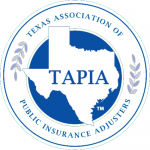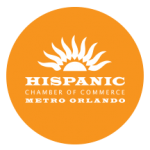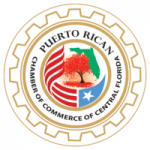Florida’s history is peppered with tales of hurricanes that have battered its shores, each storm a formidable protagonist in the state’s saga of destruction and resilience. From the unforgiving wrath of Hurricane Andrew to the unexpected might of Hurricane Charley, these storms have reshaped coastlines, ravaged communities, and tested the mettle of those who call the Sunshine State home. Join us as we chronicle the top hurricanes that have shaped Florida’s history, revealing stories of adversity and fortitude against the backdrop of wind, rain, and the relentless roar of the sea.
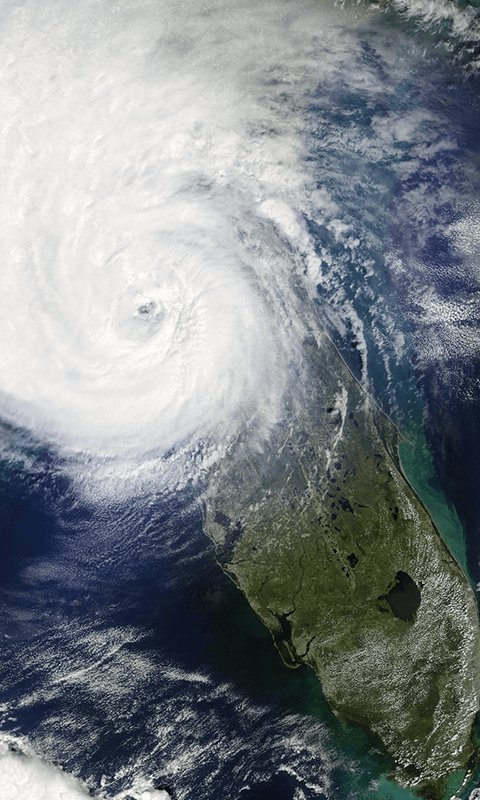
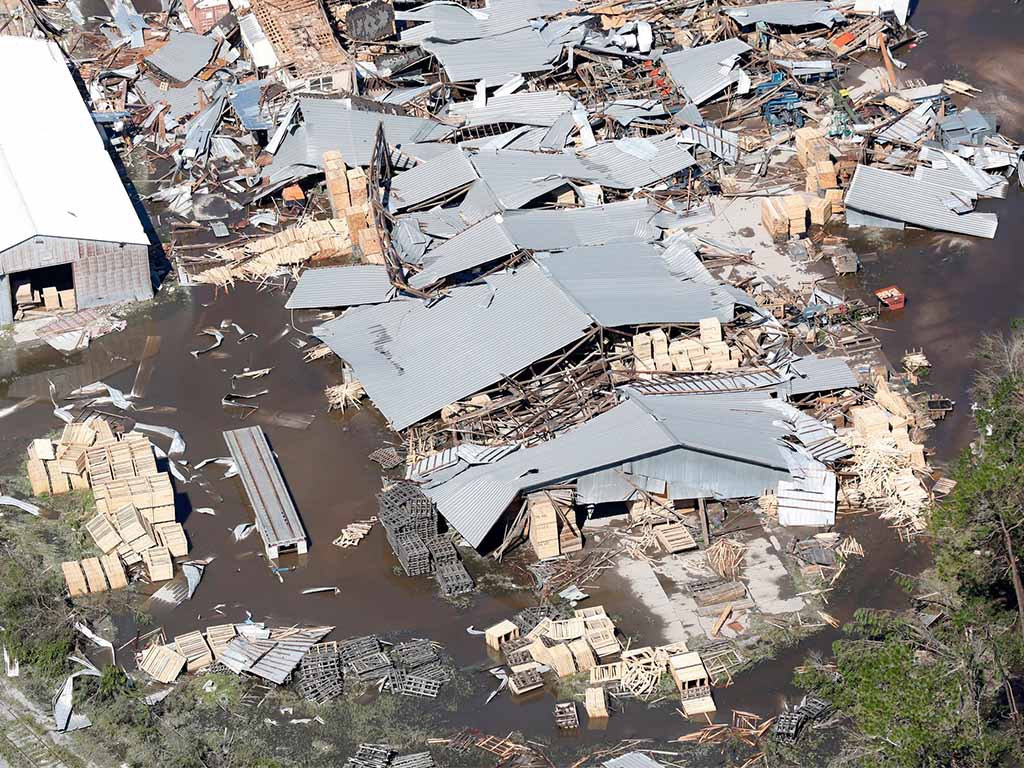
Hurricane Andrew (1992)
In August 1992, Hurricane Andrew roared into South Florida as a Category 5 hurricane, leaving a path of devastation in its wake. With winds reaching up to 165 mph, Andrew flattened entire neighborhoods, causing $27 billion in damages and 65 fatalities. The storm prompted massive rebuilding efforts and brought about significant changes in building codes and emergency preparedness.
Hurricane Irma (2017)
Hurricane Irma, a powerful Category 4 hurricane, made landfall in Florida in September 2017. Its massive size impacted the entire state, causing severe flooding and power outages for millions. The estimated damages reached $50 billion, making it one of the costliest hurricanes in U.S. history. Irma also led to one of the largest evacuations ever, with millions of residents fleeing their homes.
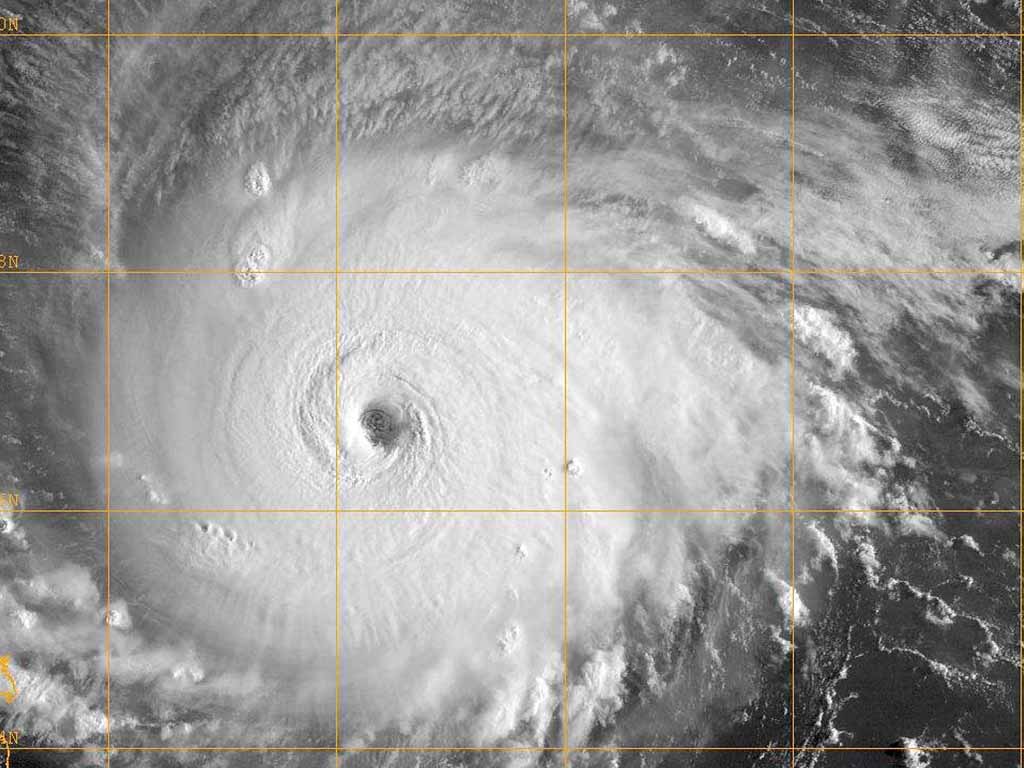
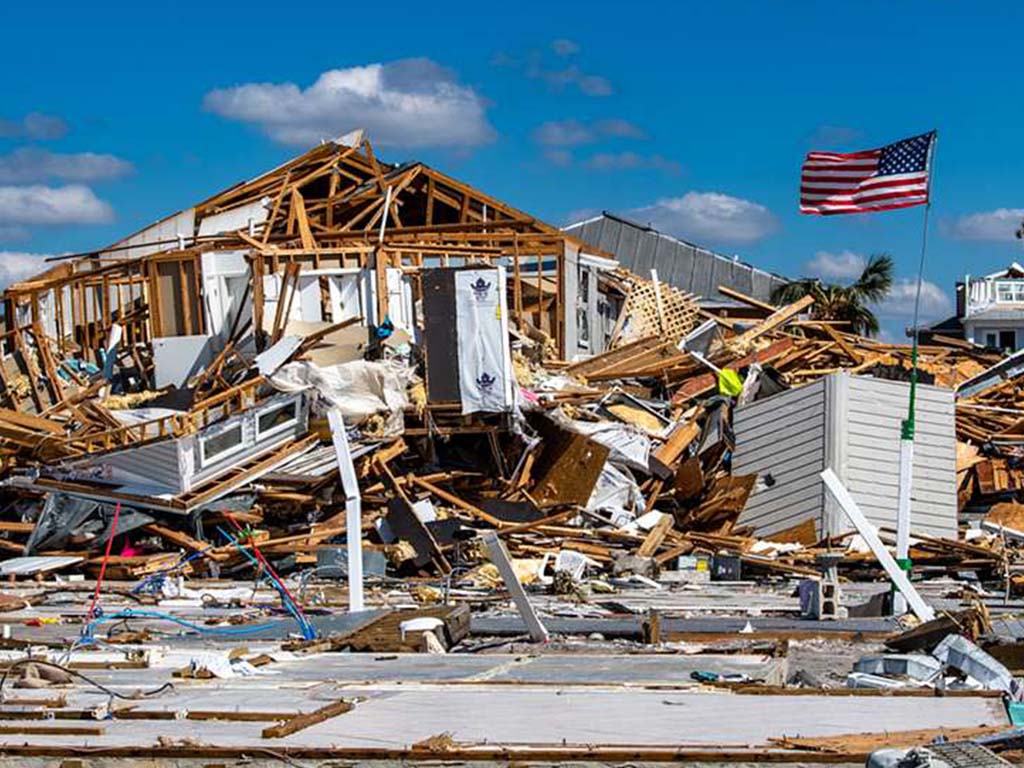
Hurricane Michael (2018)
In October 2018, Hurricane Michael struck the Florida Panhandle near Mexico Beach as a Category 5 hurricane with winds of 160 mph. The catastrophic damage left communities in ruins, making Michael the strongest hurricane on record to hit the area. The storm caused widespread destruction, resulting in billions of dollars in damages and dozens of fatalities.
Hurricane Charley (2004)
Hurricane Charley, a Category 4 hurricane, unexpectedly intensified before making landfall near Punta Gorda in August 2004. The storm caused widespread destruction across Central Florida, resulting in 10 fatalities and significant property damage. Charley’s rapid intensification and narrow but destructive path made it one of the most memorable storms of the 2004 hurricane season.
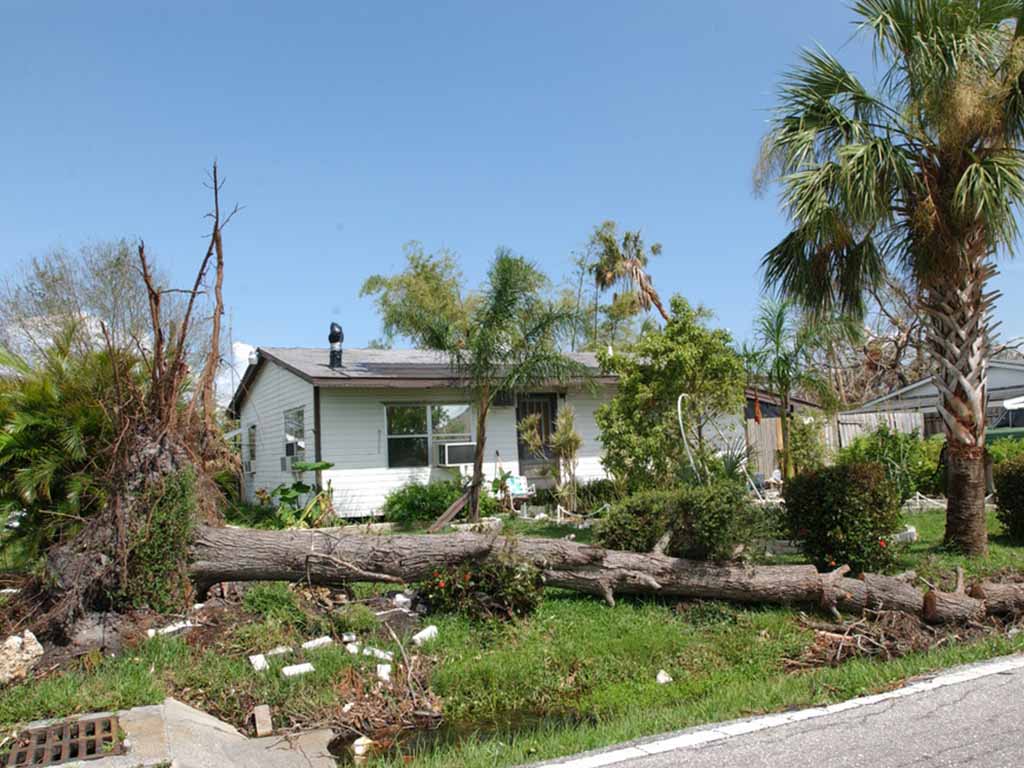

Hurricane Katrina (2005)
Before its infamous landfall in New Orleans, Hurricane Katrina impacted South Florida as a Category 3 hurricane in August 2005. The storm caused significant flooding and wind damage, though its most severe impacts were felt in Louisiana and along the Gulf Coast. Katrina remains one of the most devastating hurricanes in U.S. history, highlighting the vulnerability of coastal regions.
Hurricane Donna (1960)
In September 1960, Hurricane Donna swept through the Florida Keys and the Gulf Coast as a powerful Category 4 hurricane. The storm caused extensive damage and 13 fatalities, becoming a benchmark for Florida’s historical hurricane impacts. Donna’s long path of destruction left an indelible mark on the state’s hurricane history.


Hurricane Opal (1995)
Hurricane Opal made landfall on the Florida Panhandle in October 1995 as a Category 4 hurricane. With destructive winds and storm surge, Opal caused extensive damage and resulted in 27 fatalities. The storm underscored the importance of preparedness and highlighted the vulnerabilities of coastal communities.
Hurricane Wilma (2005)
In October 2005, Hurricane Wilma struck South Florida as a Category 3 hurricane, bringing powerful winds and heavy rains. Wilma caused widespread power outages and structural damage, becoming the most intense Atlantic hurricane on record at that time. The storm’s impact emphasized the need for robust infrastructure and emergency planning.


Hurricane Ivan (2004)
Hurricane Ivan, a Category 3 hurricane, made landfall near Pensacola in September 2004. The storm caused significant damage and flooding along the Panhandle, contributing to the record-setting hurricane season of 2004. Ivan’s destructive path left communities grappling with extensive recovery efforts.
Hurricane Jeanne (2004)
Following closely on the heels of Hurricane Frances, Hurricane Jeanne struck near Stuart in September 2004 as a Category 3 hurricane. The storm caused flooding and wind damage across Central Florida, compounding the challenges of an already battered state. Jeanne’s impact highlighted the cumulative toll of multiple storms in a single season.

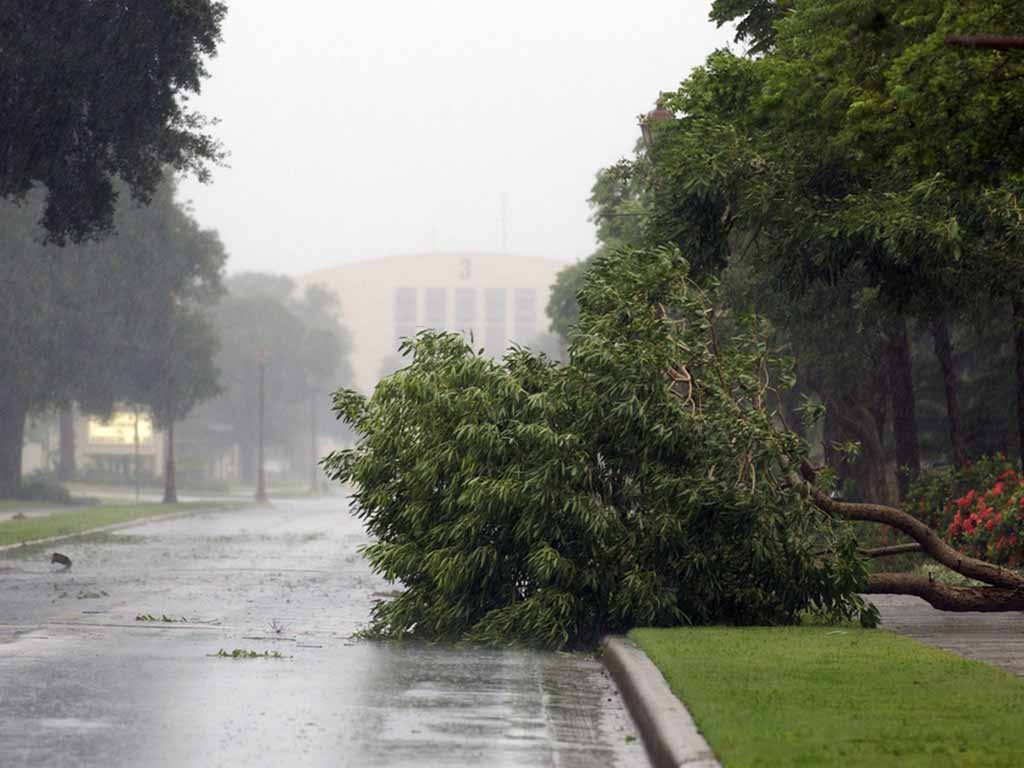
Hurricane Frances (2004)
In September 2004, Hurricane Frances crossed Florida from east to west as a Category 2 hurricane. The storm caused extensive damage and flooding, adding to the devastation of the unprecedented hurricane season. Frances underscored the need for resilience and comprehensive recovery plans.
Hurricane Dorian (2019)
Hurricane Dorian, a Category 5 hurricane, devastated the Bahamas before skirting Florida’s east coast in September 2019. Although the state was spared the worst impacts, Dorian caused coastal flooding and minor damage. The storm’s near-miss emphasized the importance of vigilant preparation and evacuation planning.


Hurricane Floyd (1999)
In September 1999, Hurricane Floyd, a Category 2 hurricane, prompted mass evacuations and caused significant flooding in eastern and northern Florida. The storm resulted in billions of dollars in damages, though fatalities were lower than initially feared. Floyd’s extensive impact underscored the challenges of large-scale evacuation efforts.
Hurricane Elena (1985)
Hurricane Elena, a Category 3 hurricane, threatened the Gulf Coast of Florida in September 1985. The storm’s erratic path and multiple shifts complicated response efforts, leading to significant evacuation efforts and minor damage. Elena’s unpredictable behavior highlighted the complexities of hurricane forecasting.
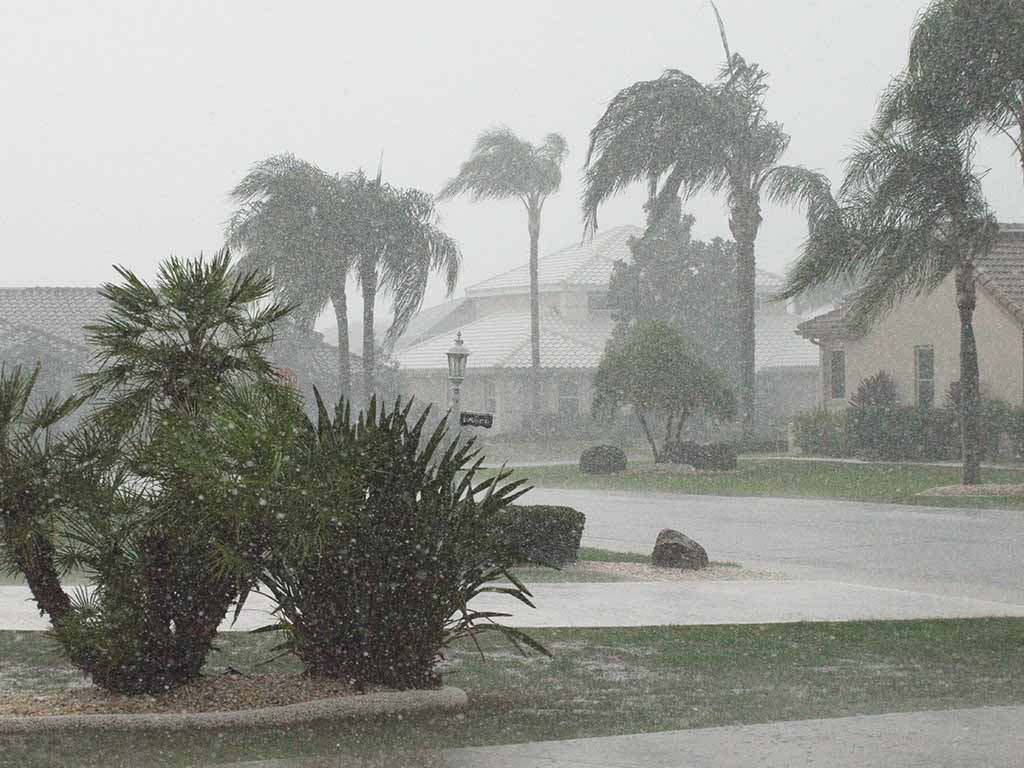
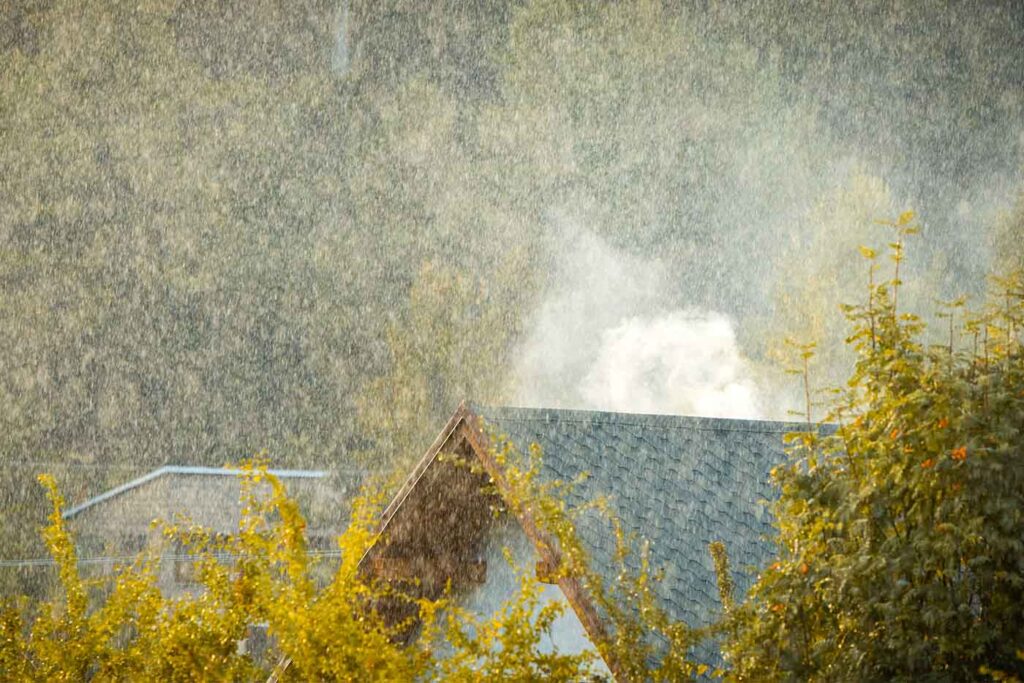
Hurricane Mitch (1998)
In November 1998, Hurricane Mitch, a Category 1 hurricane, caused extensive flooding and damage in southern Florida. The storm particularly affected agricultural areas, highlighting the region’s vulnerability to slow-moving systems. Mitch’s impact emphasized the importance of robust agricultural support and recovery efforts.
Hurricane Donna (1960)
Hurricane Donna’s repetition in this list highlights its historical significance. The Category 4 hurricane caused extensive damage and flooding in the Florida Keys and along the Gulf Coast. Donna remains one of the most memorable storms in Florida’s history, serving as a benchmark for future hurricanes.

Preparation for Hurricane Season
Florida residents know all too well the importance of preparing for hurricane season. Developing a comprehensive emergency plan that includes evacuation routes and communication strategies is crucial. Assembling an emergency kit with ample supplies of food, water, medications, and important documents stored in waterproof containers is essential. Staying informed through reliable weather updates and official alerts, securing homes with storm shutters, reinforcing garage doors, and securing outdoor objects are vital steps. Understanding evacuation zones and promptly following authorities’ evacuation orders, if issued, ensures safety. Additionally, reviewing insurance coverage, preparing for potential power outages with alternative power sources, and practicing caution when returning home post-storm are all vital steps in ensuring resilience and safety during hurricane season in Florida.
Florida’s history with hurricanes is a testament to the state’s resilience and the unwavering spirit of its residents. Each storm, from the devastating force of Hurricane Andrew to the unexpected wrath of Hurricane Charley, has left a mark on the landscape and the lives of those who live here. The tales of destruction and recovery serve as a reminder of the importance of preparedness, community support, and the strength to rebuild in the face of nature’s fiercest forces.
Navigating Hurricane Claims in Orlando with Professional Adjusters
In the aftermath of a hurricane, the role of public adjusters in Orlando becomes critical. These professionals, licensed to manage and oversee insurance claims, serve as vital representatives for policyholders. When individuals or businesses file claims after a natural disaster, public adjusters are the knowledgeable experts equipped to handle the intricacies of the insurance landscape. Their expertise ensures that clients are compensated fairly and efficiently for their losses. During such challenging times, when stress levels are high and the tasks of rebuilding lives or businesses are daunting, the support provided by public adjusters is indispensable.

The 2024 hurricane season is just around the corner, and it’s high time to pay attention to potential impacts on Orlando. What I’ve learned so far suggests that public adjusters play a significant role in this space—helping not just with immediate recovery but also with community resilience that weighs as much in preventing future storms as it does in recovering from them after one has hit.
What is the most dangerous hurricane in Florida’s history?
Hurricane Andrew (1992) is often considered the most dangerous due to its Category 5 status and the extensive damage it caused.
How can I prepare for a hurricane?
Prepare by developing an emergency plan, assembling an emergency kit, staying informed, and securing your home. Follow evacuation orders promptly.
What should be in my emergency kit?
Your emergency kit should include food, water, medications, important documents, flashlights, batteries, and a first aid kit, all stored in waterproof containers.
How do hurricanes affect Florida’s economy?
Hurricanes can cause billions of dollars in damages, disrupt tourism, and impact agriculture and local businesses, leading to long-term economic challenges.





